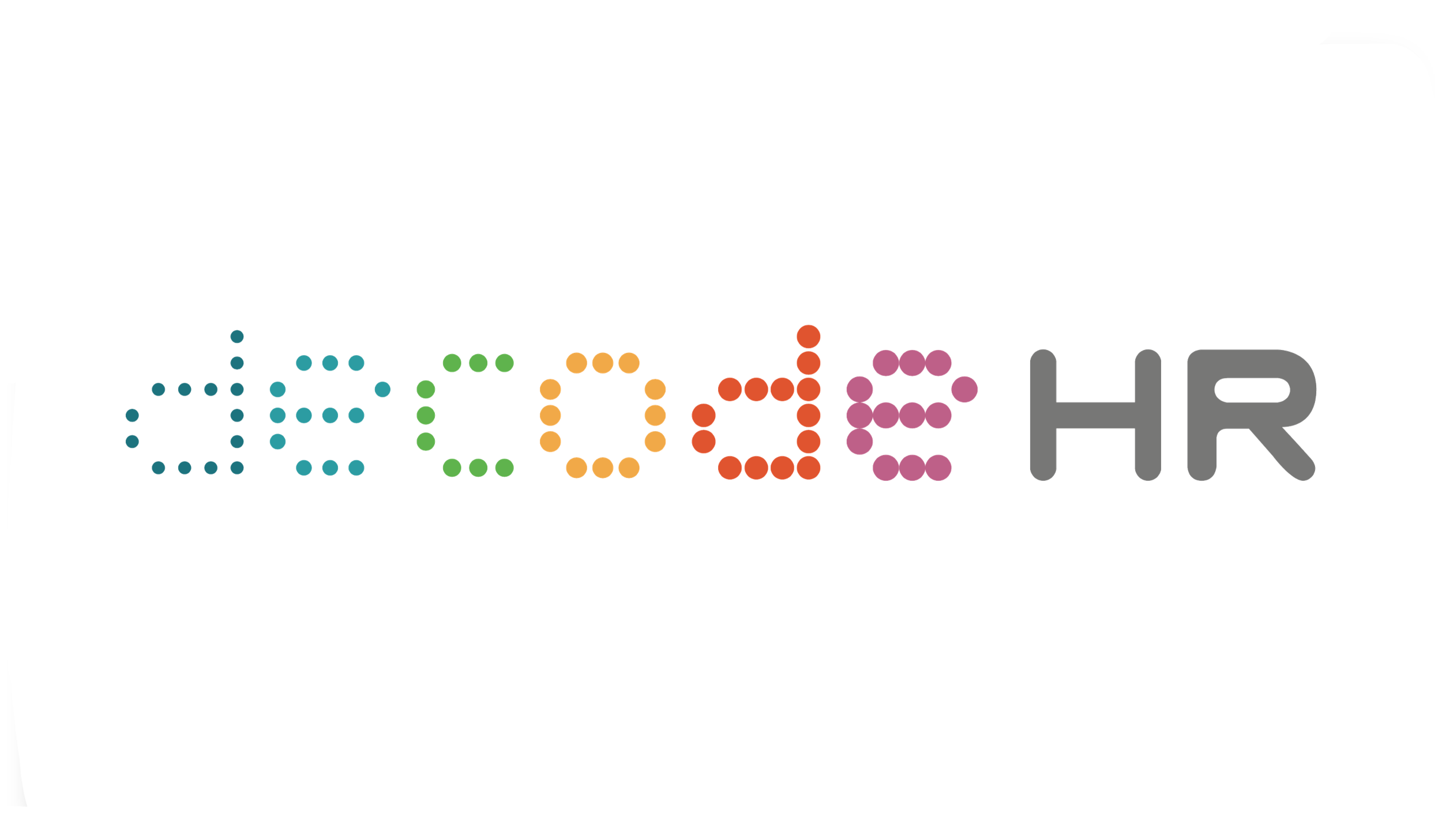So…What is Agile About?
The term agile was created in 2001 by a group of pioneering software developers who created something known as the “Agile Manifesto”. In it, they described four new values for developing software.
The Agile Manifesto
People over processes and tools
Respond to change rather then follow a plan
Working prototypes over excessive documentation
Customer collaboration over rigid contracts
Frameworks that follow these values and principles are known as "agile techniques". In short, Agile project management is defined as an iterative development methodology that values human communication and feedback, adapting to changes, and producing working results. It is interesting that businesses are now steadily incorporating Agile approaches, but what is noteworthy is the fact that Agile projects have better success then traditional projects (nearly 30% higher success rate according to PWC research).
Today, Agile is no longer limited to the tech industry. It has moved into other areas and functions, such as product development, manufacturing marketing and HR. Rapid innovation has become a strategic imperative, and to achieve it, businesses have looked to agile practices for managing projects.
Agile performance management in particular is becoming more visible in the HR group. See our White Paper 'Performance Management: Turning a Foe Into an Ally' that advocates the agile approach to performance management. The approach is a move away from a directive style toward one of collaboration, continuous feedback and development practice. Some of the areas that have seen the greatest change in HR are in performance appraisals, coaching, teams, compensation, recruiting, and learning and development.
Compared with traditional management approaches, there are notable benefits of going Agile:
6 Benefits of Going Agile
Increases team productivity and employee satisfaction
Minimizes the waste inherent in redundant meetings, repetitive planning, excessive documentation, quality defects, and low-value product features
Improves customer engagement and satisfaction
Brings the most valuable products and features to market faster and more predictably
Broadens organizational experience and builds mutual trust and respect
Allows senior managers to devote themselves more fully to higher-value work that only they can do: creating and adjusting the corporate vision; prioritizing strategic initiatives; simplifying and focusing work; assigning the right people to tasks; increasing cross-functional collaboration; and removing impediments to progress.
We can see that companies are now looking to shift from hierarchical structures to more Agile environments, in order to operate at the speed required by today’s competitive marketplace. However, Agile methods do not need to be used across the board. It is important to understand where Agile works and does not work, and to have a real commitment to the process.
DecodeHR will be running a series of leadership development workshops that focus on transformational leadership and design thinking. Please get in touch if you would like to receive an invitation to these workshops.
Reference Sources :
1) Embracing Agile: How to master the process that’s transforming management, Darrell K. Rigby, Jeff Sutherland, and Hirotaka Takeuchi
2) Bring Agile to the Whole Organization, Jeff Gothelf
3) The New Rules of Talent Management HR Goes Agile, Peter Cappelli and Anna Tavis
4) Capterra - What Exactly Is Agile? A Definition of Agile Project Management, Andrew Conrad
5) CIO - Agile project management: A comprehensive guide
6) Upraise - Traditional vs Agile Performance Management
7) PWC - Agile Project Deliver Confidence
COPYRIGHT © 2020 DECODE HR PTE LTD. ALL RIGHTS RESERVED

